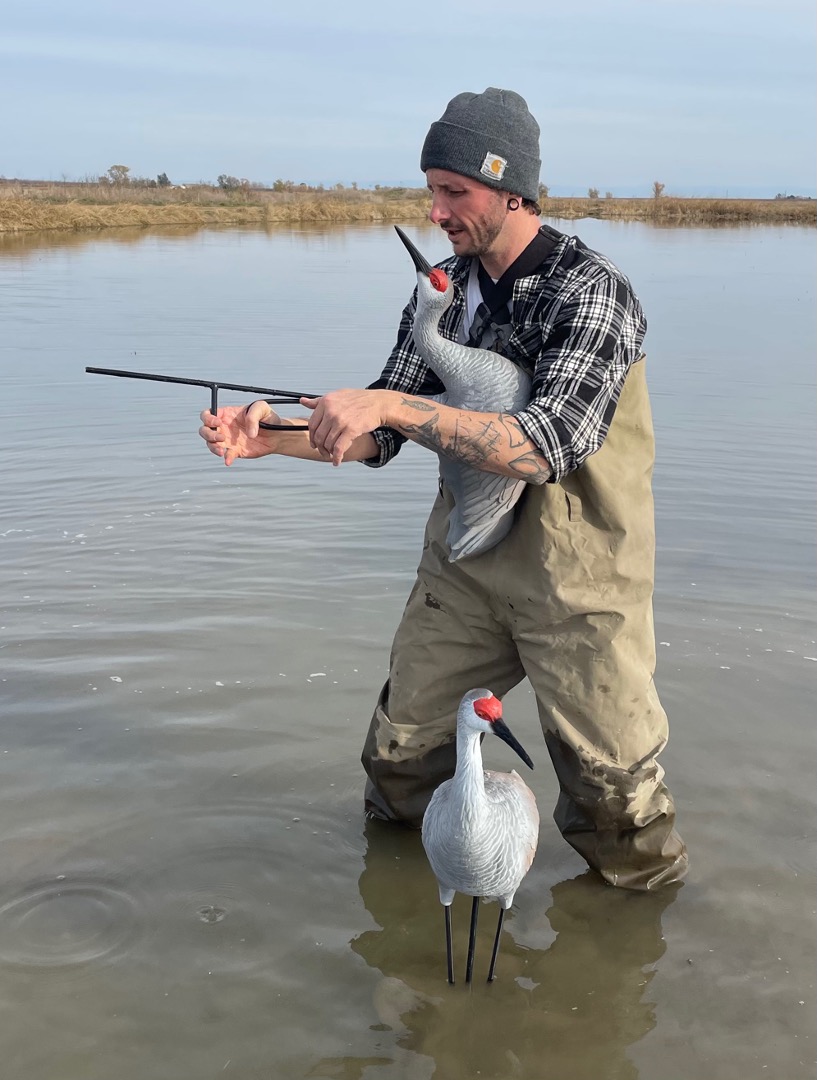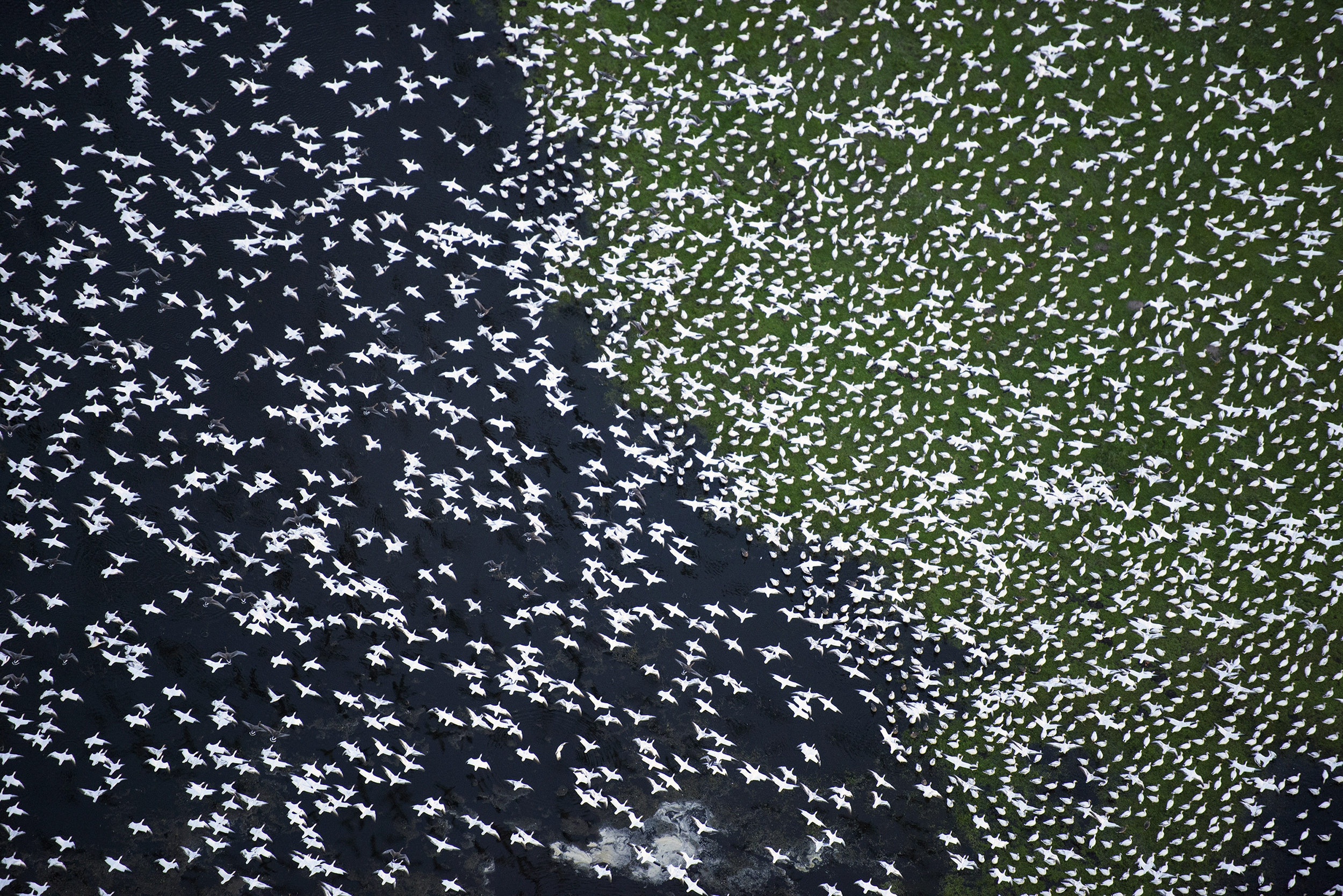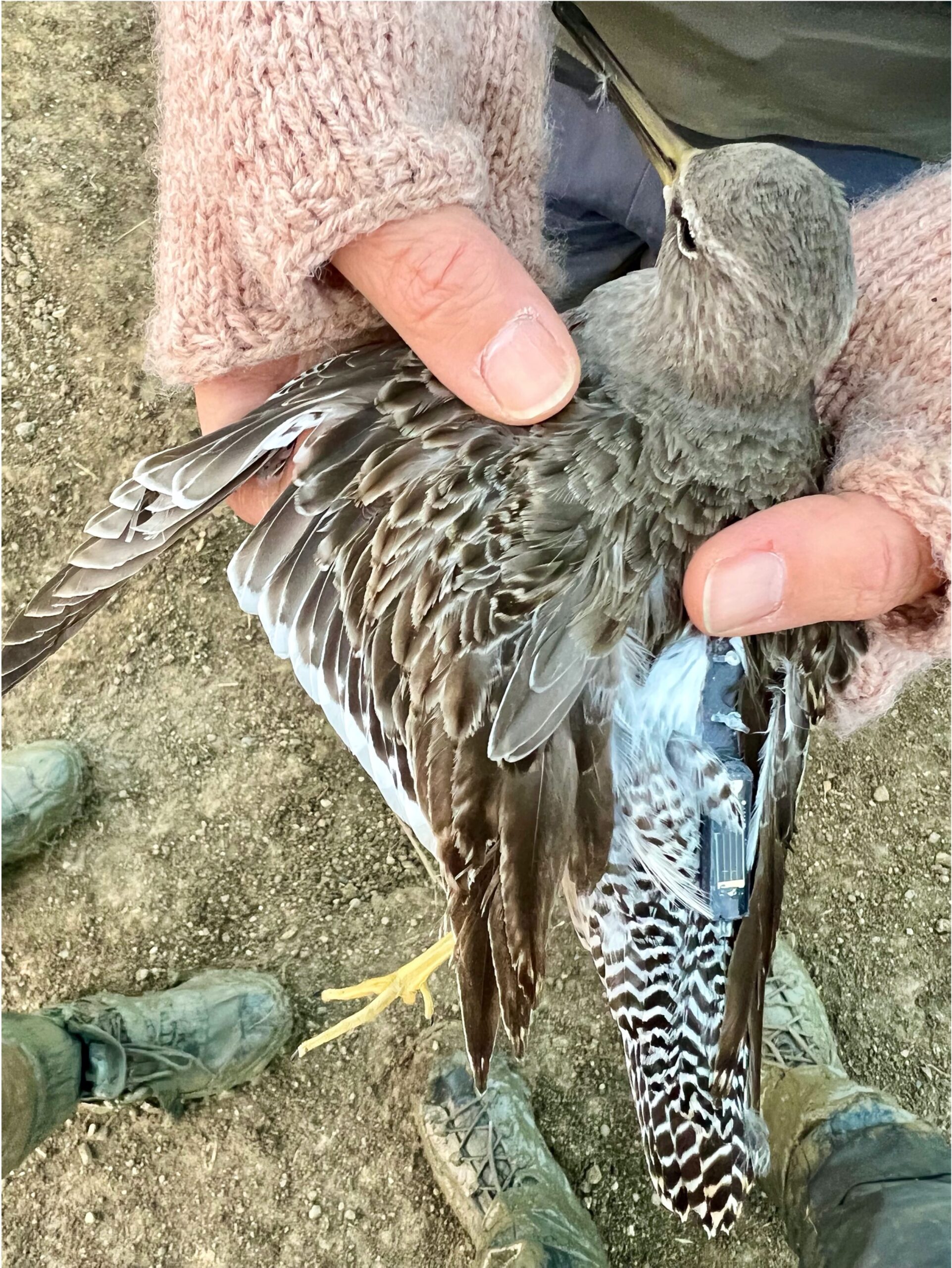Our Approach
By 2030, the Partnership, with appropriate investment, is committed to the goals outlined below.
These goals are related and occur at the intersection of work on water, climate, and natural and working lands.
While we are committed to achieving these goals, the Partnership will remain nimble, responding to opportunities and challenges that over the next decade. Working together the Partnership will ensure:
Thriving bird populations
The Central Valley is the backbone of the Pacific Flyway, providing stopover habitat for millions of birds. Large-scale habitat conversion and ongoing pressures, such as water availability and climate change, threaten the remaining bird populations in the Central Valley. The Central Valley Joint Venture, of which we are leading members, sets science-based targets for bird populations and the habitat needed to support those birds. Our Partnership will contribute to achieving the Joint Venture goals, by securing one-third of the overall goals through direct project implementation as well as large-scale policy influence:
- 10,000 additional acres of riparian vegetation
- 5,000 additional acres of seasonal wetlands and 10,000 additional acres of semi-permanent wetlands
- 120,000 acres of winter-flooded agricultural land managed as surrogate habitat
Sustainable water for wildlife and people
Water supplies are overprescribed in the Central Valley, creating fierce competition among urban, agricultural, and environmental users. Climate change is already causing more extreme droughts and changes to the timing and distribution of water for birds and people. Our 2030 goals support sustainable water management for communities and wildlife:
- Groundwater Sustainability Plans across roughly 3 million acres account for sustainable water management needs of habitat and human communities in priority geographies.
- Water supplies for wetlands in the Central Valley are protected and strengthened by our support for influential policies like the Central Valley Project Improvement Act and the Sustainable Groundwater Management Act.
- Three innovative projects demonstrate scalable methods for improving water supply reliability for wildlife and providing co-benefits to human communities, such as groundwater recharge, public access or water quality improvements. By 2030, at least one of these methods will be adopted by an implementing entity – contributing more sustainable water supplies to Central Valley wildlife habitat.


Climate resilience
We define climate resilience as the capacity of social, economic, and environmental systems to survive or even thrive in response to disturbance. Climate resilience includes both reducing and storing greenhouse gases as well as adapting to actual and expected change. Our 2030 goals are:
- The Central Valley Flood Protection Plan revision includes floodplains as a priority flood protection strategy for Central Valley communities, habitat for fish and wildlife, and carbon storage.
- Restore 10,000 acres of riparian and 15,000 acres of wetland habitat to increase carbon sequestration and reduce GHG emissions per the California 2030 Natural and Working Lands Climate Change Implementation Plan.
- Five farms implement soil conservation practices contributing to the statewide climate goals identified in the California 2030 Natural and Working Lands Climate Change Implementation Plan.
- Climate-smart principles are incorporated into comprehensive land use planning efforts in the San Joaquin Valley, especially plans addressing land use changes likely to result from implementation of the Sustainable Groundwater Management Act.
- Create a strategy to authentically engage with partners on community-led projects for those most vulnerable to climate change to find equitable solutions that protect, restore, and manage environmental resources on which we all depend.

